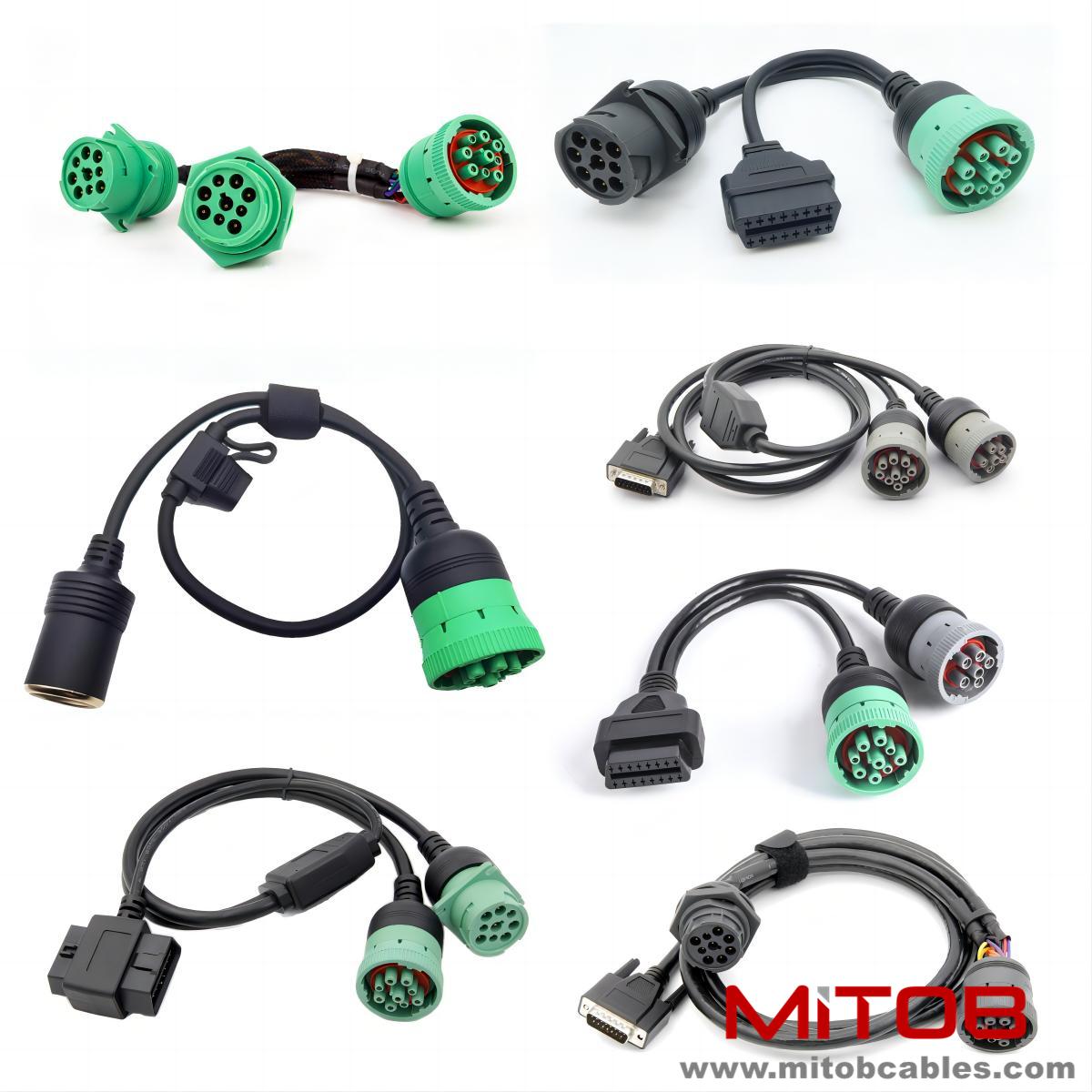In modern commercial vehicles, agricultural machinery, ships and other large equipment, J1939 cable serves as the core communication medium, carrying the data exchange task between various electronic control units (ECUs) inside the vehicle. The J1939 protocol, also known as SAE J1939 protocol, is a standard developed by the Society of Automotive Engineers (SAE) specifically for commercial vehicle CAN (Controller Area Network) bus communication. It not only defines the specifications for the physical layer, data link layer, network layer, and application layer, but also elaborates on key elements such as signal waveform, message structure, and transmission mechanism.

1、 Signal waveform of J1939 cable
The J1939 protocol uses differential signal transmission, and its signal waveform exhibits unique pulse characteristics. This signal transmission method is achieved through two signal lines (usually referred to as CAN_S and CAN_L), with no ground wire between them. In a stationary state, the voltage of two wires is roughly equal, forming a common mode voltage. When data is transmitted on the bus, the voltage difference between CAN_S and CAN_L will change, forming a differential signal. This differential signal has strong resistance to electromagnetic interference, ensuring the stability and reliability of data transmission.
The pulse frequency of J1939 signal waveform is very high, and it is usually measured and displayed using an oscilloscope instead of a traditional multimeter. The transmission time for each binary bit is very short, for example, in some cases, it may only take 4 microseconds to transmit one binary bit. This high-speed transmission characteristic enables the J1939 bus to transmit large amounts of data in a short period of time, meeting the high real-time requirements of modern vehicles.
Contact: Kevin
Phone: 0086-18823374992
E-mail: kevin@mitobcable.com
Whatsapp:
Add: Bld B2, Floor7 , Xinghe Zhongkai AI Industrial Park, Zhongkai High-tech Zone, Huizhou,China